Contemporary chefs work as bulwarks (and standard-bearers and engines) of ancient knowledge and flavours; they rediscover, for instance, the forgotten cuisine of the Mediterranean Sea, as recently explained by Pino Cuttaia (see Cuttaia: avanguardia oggi è riscoprire la cucina dimenticata del Mediterraneo). In some ways – and with a completely different line - Floriano Pellegrino and Isabella Potì are doing something similar (see Da Bros le prove tecniche di una Nuova Cucina Mediterranea). Many different approaches are possible. Think of Riccardo Camanini, who doesn’t just dig into tradition – think of his sbernia, see Fantastic Camanini: of sheep, honey and wax– but also into history, with his research on the recipes of Apicius, see Riccardo Camanini e il rognone secondo Apicio.
It’s a complex task, of which there’s still only a draft in Italy, as more people need to involved. Elsewhere, as in Spain, there’s been a focus on these topics for some time – and with more actors playing their role (see, for instance The amazing Miguel Ángel Mayor, rediscovering Latin and Arab flavours). These were the thoughts that came to mind, a few weeks ago, while we talked with Paco Morales in Cordoba.
Morales, born in 1981, a long career that touched the kitchens of elBulli and Mugaritz too, in March 2016 opened his restaurant Noor in his hometown; not just a place of fine dining (in fact of the finest, based on our experience) tout court, but also one of the most interesting, original, and creative gastronomic-cultural destinations of the entire Spanish gastronomy.
Cordoba at the end of the first millennium was the largest, most cultured and opulent city of all. It was «the Rome of the time», the centre of that Arab-Hispanic world that was the light of civilization (“Noor” means “light” in Arabic). And it’s worth reminding that al-Andalus, the current Andalusia, was part of the Arab-Islamic koiné for some 8 centuries. This is precisely the topic of Morales’s study: and he does so through a gastronomic research that first of all analyses, century after century, the few recipe books from those days, translated and edited in the Fifties by Ambrosio Huici Miranda; they depict a civilization that seems very distant but which in fact is tightly connected with our Mediterranean roots, «they even inspired a large part of the classic French cuisine».
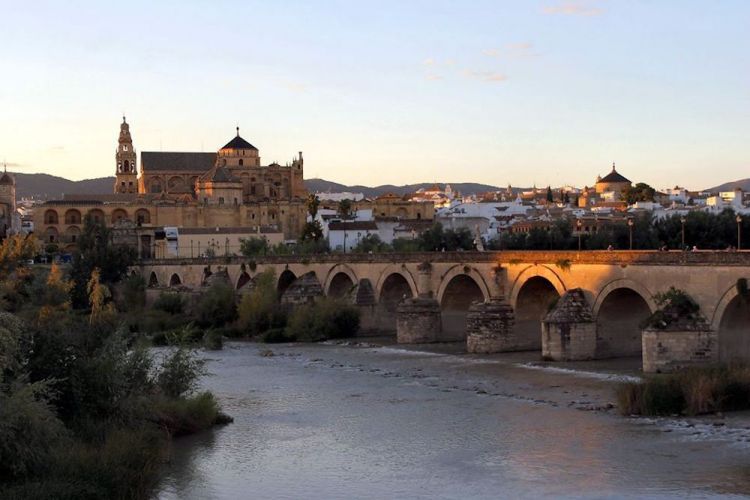
Noor is currently closed, and it will be until September 2nd. Morales is at work on a new research area, and this is how he presents it: “The history, the design, the ingredients, the techniques and the dishes of the 14th century, a time when Hispanic Muslims lived together with Christians and Jews. So, we remain true to our identity, we recover the gastronomic history and make it available to our clients”.
During these three years since Noor opened, the attention focused instead on the previous centuries, gradually moving in time; this will soon lead us to that crucial, revolutionary event that was the discovery of America, in 1492 – as it happened, Christopher Columbus’s crossing and the fall of Granada, the latest Arab stronghold in Spain, were only a few months apart. «Soon we’ll also study how Europe influenced American native cuisine».
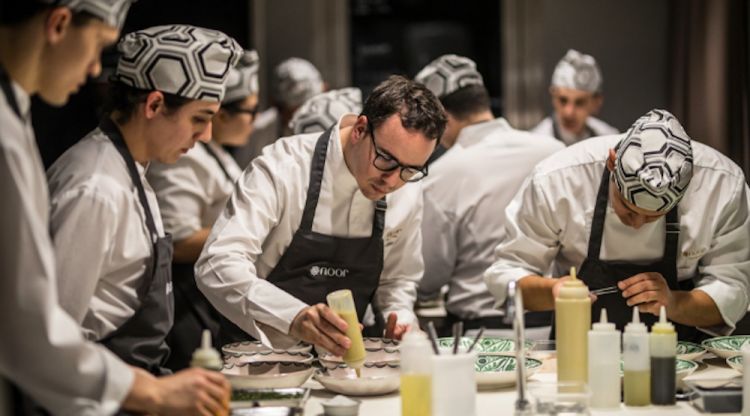
So for now Morales has investigated the Arab-Andalusian cuisine between the 11th and the 13th century, during the Almorávide and Almohade caliphates. «Cordoba is a unique place for the meeting of cultures in history –the chef says – To tourists who visit this town to admire the remains of the past I thus present a cuisine that is inspired by that period, but which at the same time will result as extremely contemporary. These dishes have a strong character; they are “thought-over” recipes, but they are also presented to clients in a very straightforward way».
What were the features of Arab-Andalusian cuisine? «There was a strong accent on flavours. Dishes were both light and thick, with strong, bitter, spiced and sweet and hot aromas». It would be hard – if not impossible – to present them now in the same way: but the work of the contemporary chef is indeed about drawing inspiration from the past and transposing it with a future viewpoint, «my talent is in modernising the gastronomic-cultural stimuli we draw from ancient recipes. When cooking salted cod, I don’t follow the same timings and processes of the past; but I want to present the same aroma».
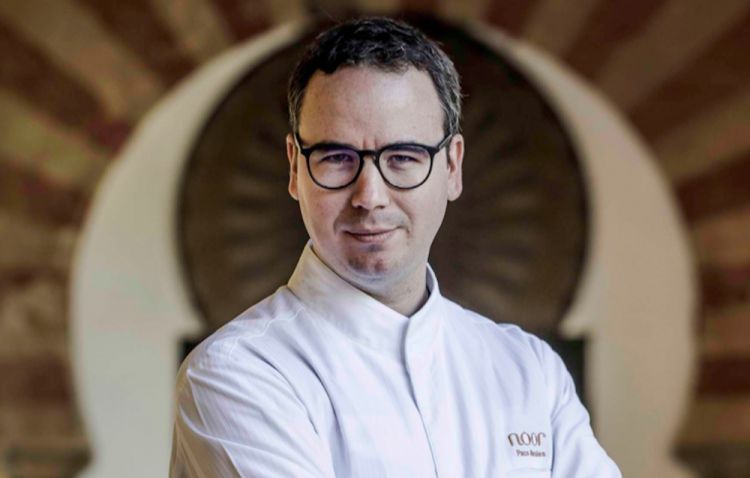
So Morales’s research first of all analyses the ingredients, «as in the case of coriander, which was once very popular and now is almost forgotten in our cuisine. Or burnt lemon, another very fitting example. This recovery of flavours means experimenting new perspectives, which I find very fascinating. I also feed on the clients’ experience, I study their reactions: I use little sugar, I balance the spices so they can be satisfied. Finally, the vegetal component is crucial and I’m particularly fond of that».
Every dish is exclusively based on raw materials that could be available in Andalusia in the days of the Caliphate: hence no potatoes, tomatoes, peppers, corn, beans, cocoa and avocado, which arrived in the Old Continent after the discovery of America. Instead: carob, saffron, goat’s milk cheese, cardamom, coriander, orange flower water, bitter orange, walnuts, dates, spices...
The basic idea is to recreate, in a current way, what would have been a banquet in an Arab palace. The entire experience at Noor goes in this direction; the ritual pays attention to every moment of the meal (actually, it starts as soon as the guest steps into the restaurant!). The architecture of the building is inspired by the most significant concepts in Islamic architecture: hence the contrast between inside and outside, the sequence of the spaces, the structure of lights and shadows, the repeating of geometric motifs. Outside, the façade is austere; inside, the interior is richly decorated with geometric motifs.
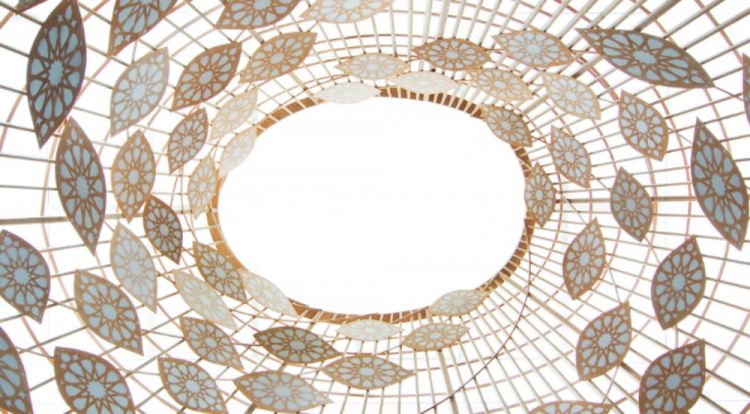
The large circular wood sculpture – created by craftsman Manolo García – decorating the ceiling: it looks like a large lamp, like in the Blue Mosque in Istanbul
In this work Morales also researches the connections that one can find all across the Mediterranean basin, and beyond: he studies the cuisines influenced by Arabs all around the world, and not just the Moroccan, as usually the case in Spain, but other Islamic countries too, much more distant, like Malaysia or Turkey. The results are extremely interesting from a cultural point of view, and even extraordinary from a gastronomic point of view. As you can see in the photos below, from Tanio Liotta.
Translated into English by Slawka G. Scarso
«Paco Morales is the most important chef in the world, with regards to the dialogue between Arab and western gastronomy» (Ferran Adriá)
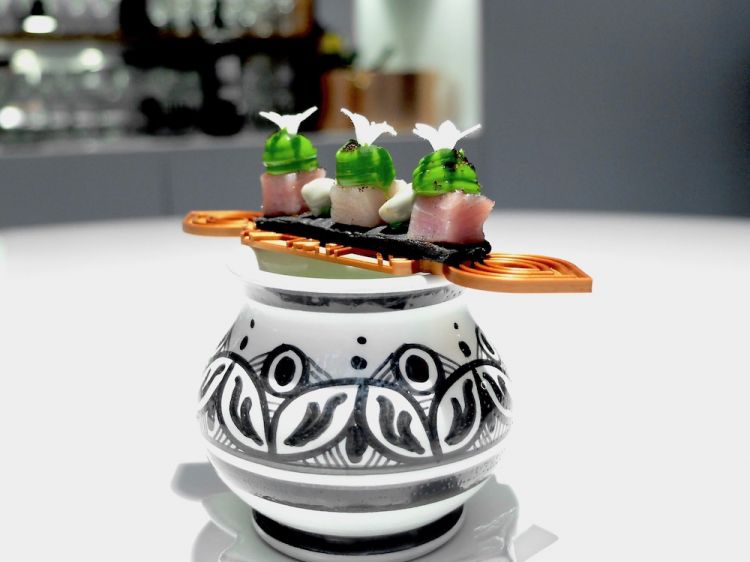
Bread with burnt lemon, marinated tuna and albaqdunis, a mayonnaise made with parsley and burnt lemon. Excellent start
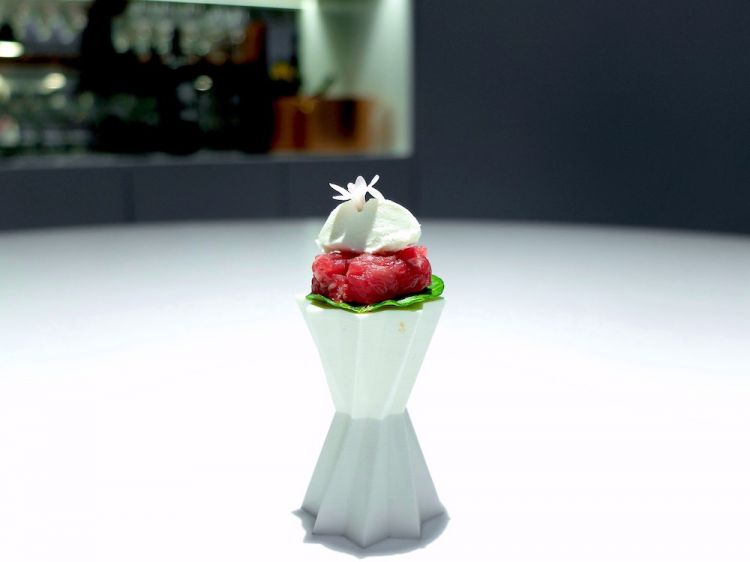
Tartare of cow, heart and emulsion of matured ox meat
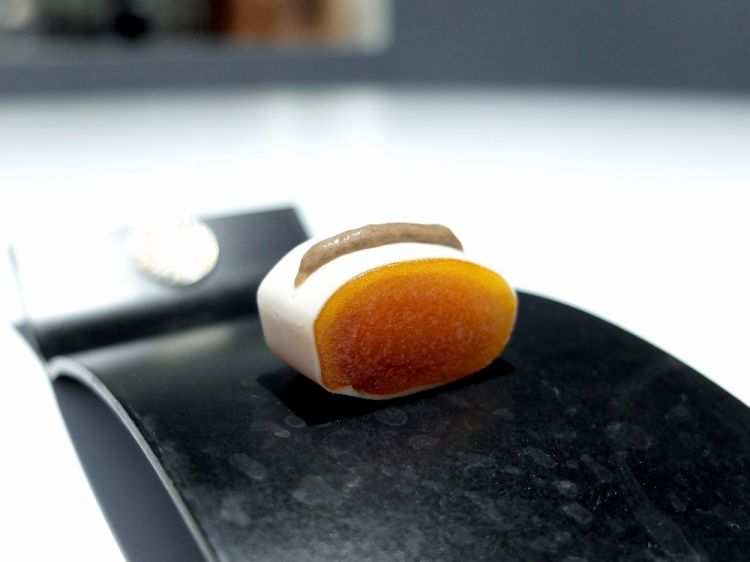
Mullet bottarga with Andalusian garum, that is to say a sauce made with the entrails of the anchovies
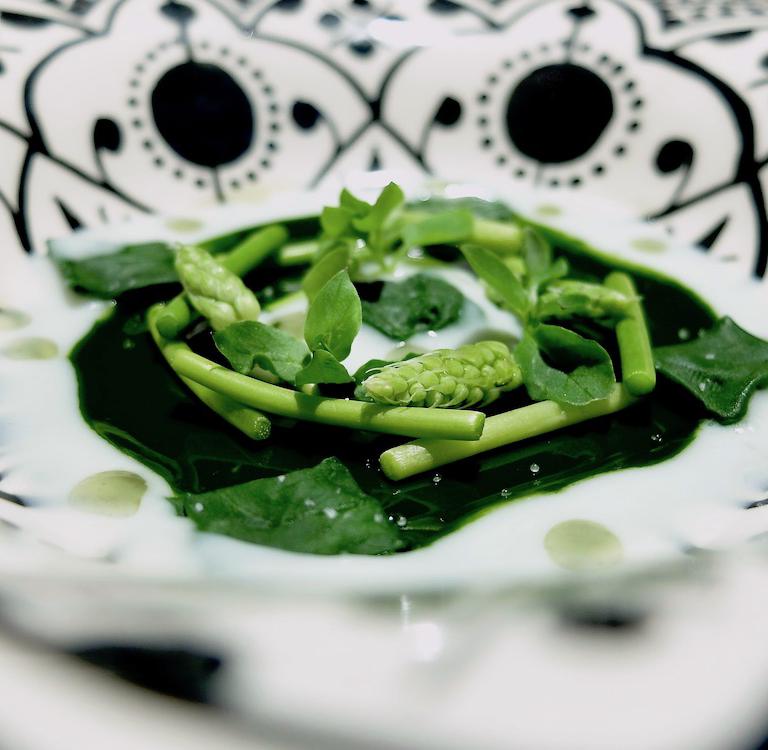
Spinach, asparagus, cheese from sheep’s milk and oil of rosemary: an extraordinary dish, with persistent vegetal notes of chlorophyll, a great texture, huge elegance and pure flavours
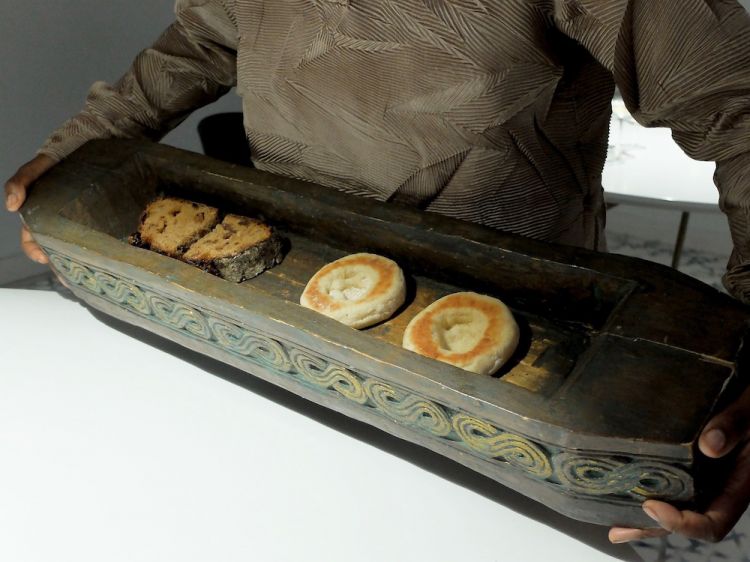
Here comes the bread: with raisins, and with chickpea flour
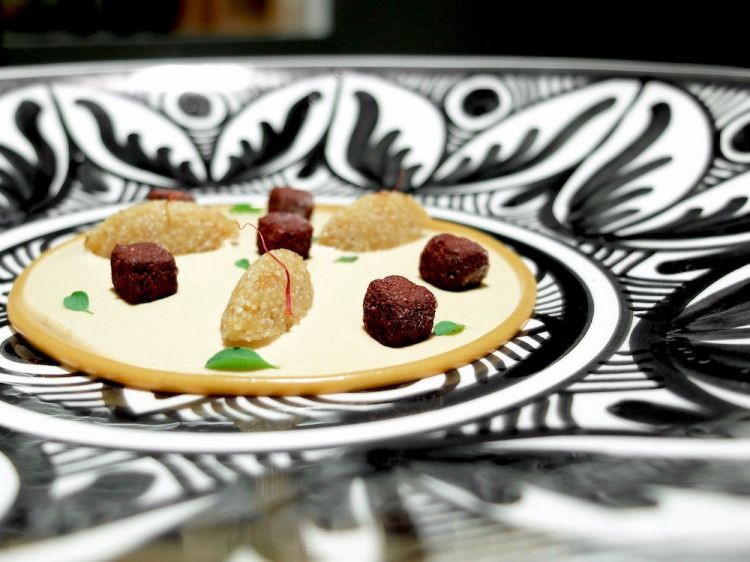
Karim with toasted almonds, erizo del Sahara and green apple with sumac. Another great dish. Karim is a sort of hummus, usually made with pine nuts. Erizo del Sahara is cooked teff (a cereal from the Horn of Africa)
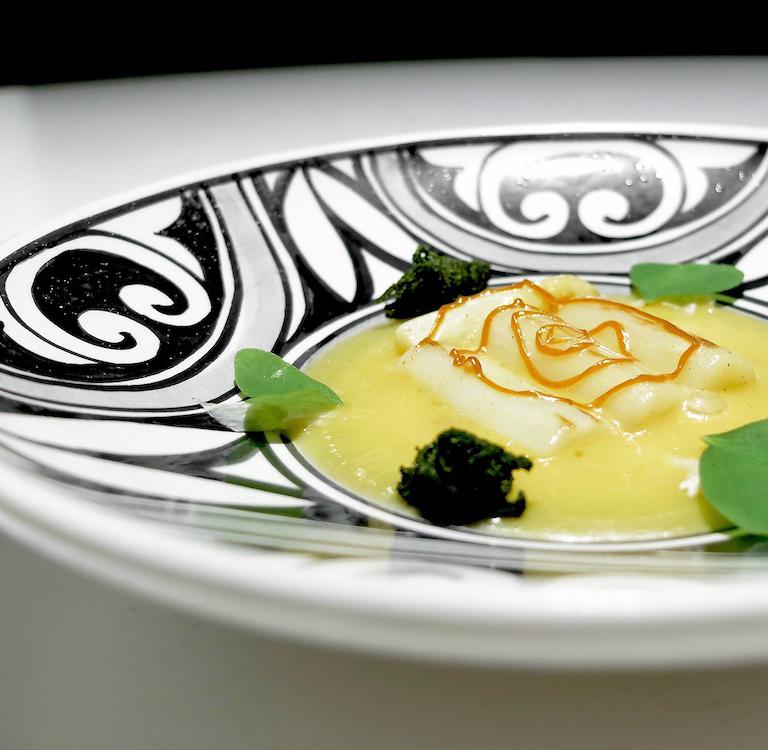
White asparagus from Navarra, emulsion of goat butter, red porcini, leaves of oxalis, snails with mint
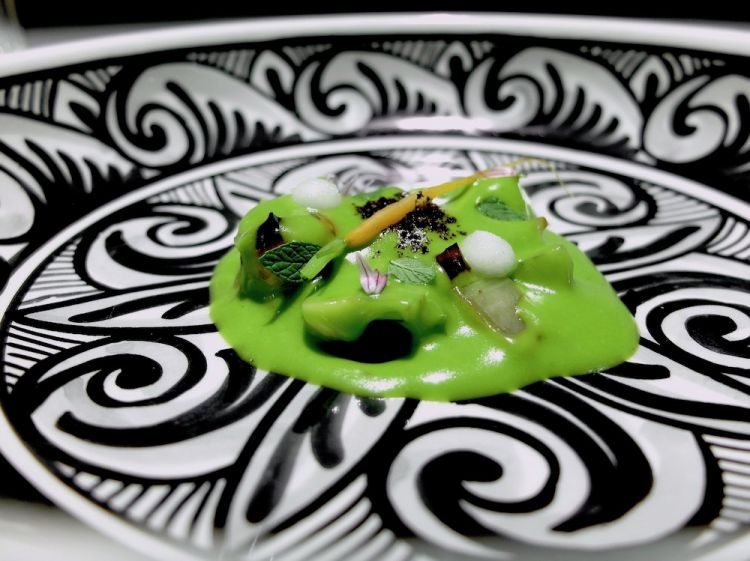
Vegetable soup, coffee, pil-pil of abadejo skin, a fish from the cod family
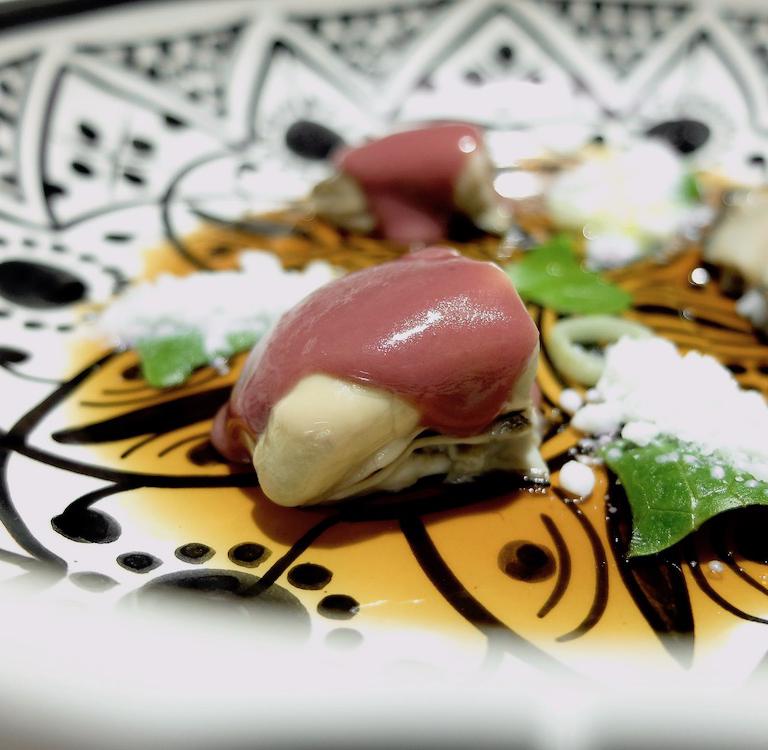
Oysters with juice of Kalamata olives, kefir snow and lamb gelatine
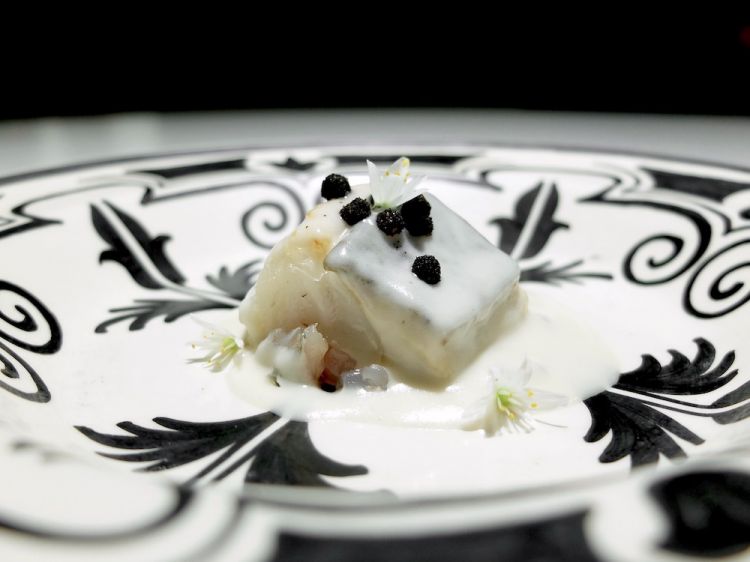
Seabass belly from the estuary of the Guadalquivir with its tartare and an emulsion of its head
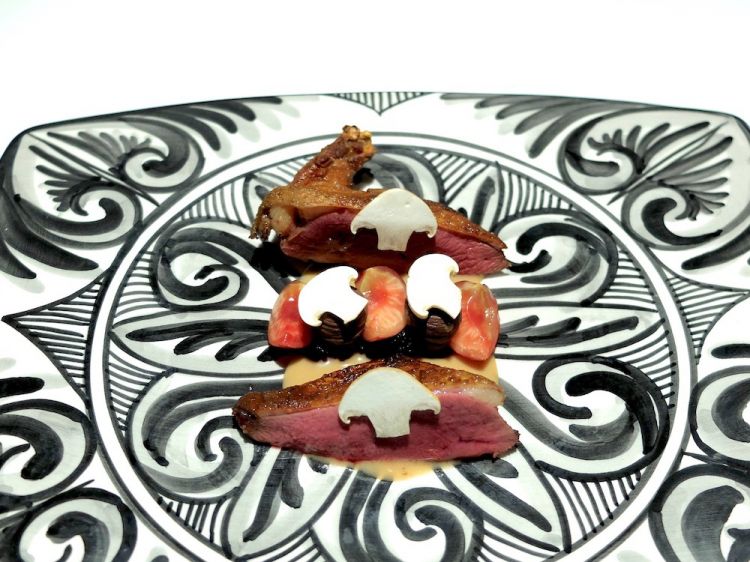
Roasted pigeon, toasted cherries and cherries in brine in cider vinegar
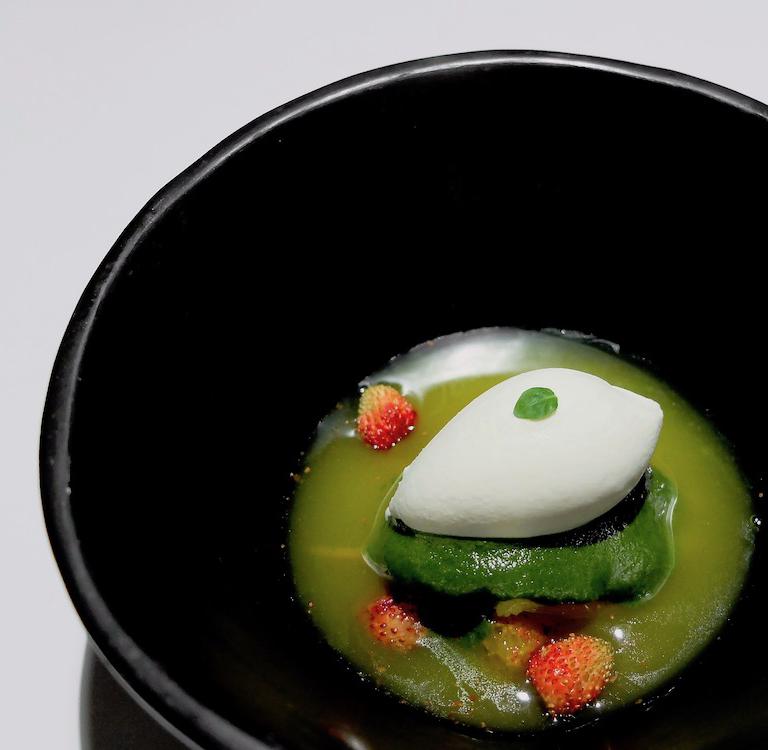
Orange with soup of orange flowers, sweet pesto, wild strawberries and basil
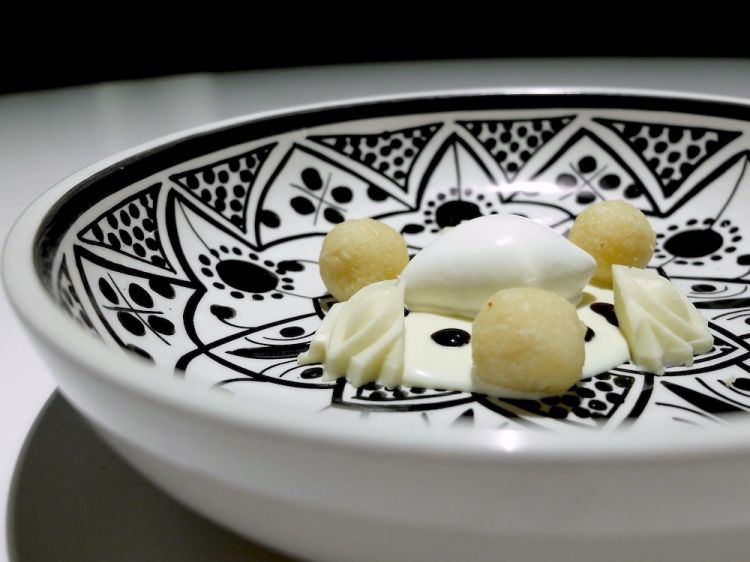
Coconut with tears of black olives and cardamom ice cream
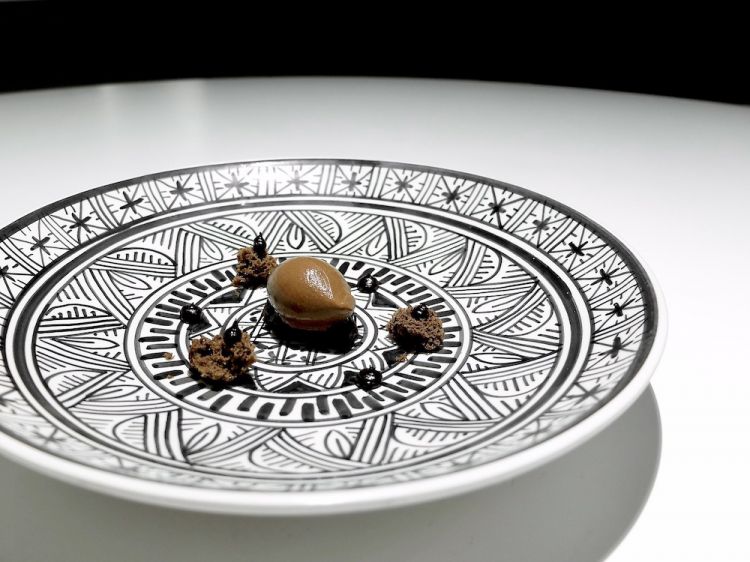
Algarroba Almorávide, a desert entirely based on carob: ice cream, biscuit, extract... There was no chocolate in Al Andalus: here’s the first search for similarity
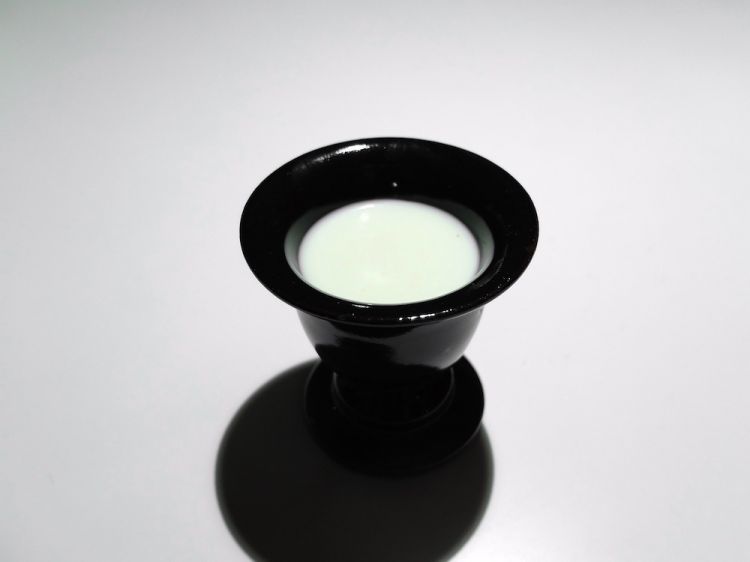
Final sweets: meringue and rosewater
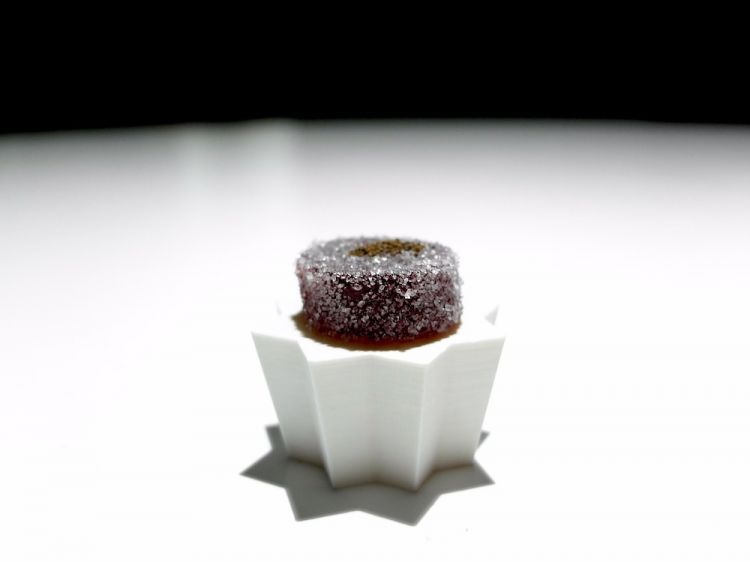
Gel of red fruits and liquorice